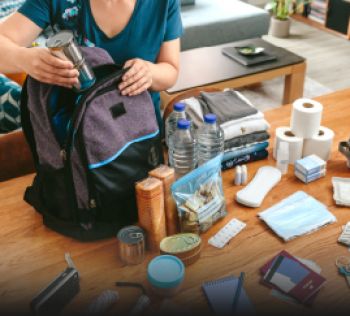Weed Harvesting
Townsville's tropical climate (lots of sun and warm, nutrient-rich waters) contributes to a build-up of invasive weeds in the Ross River. This has affected the health and recreational use of the waterway.
Working to combat this issue, Council has a 6.5-tonne floating weed harvester which is regularly deployed to the river system, running in conjunction with an integral spraying program of the terrestrial weeds.
What is removed?
Council makes an effort to clear all weeds from the river system. However, we focus on the removal of Salvinia, Cabomba, Sagittaria, and Water Hyacinth as they are invasive.
How are the weeds removed?
Harvesting the weeds are the most cost-effective and environmentally friendly solution, and the removed weed will not re-contaminate the river. The harvester functions much like a lawnmower that floats. It has cutting teeth at the front that can cut up to a depth of 3.6 metres, with a series of conveyors that remove the weeds being cut from the water.
The harvested weed is deposited on the banks of the river and treated with food for microorganisms to break it down. This treatment speeds up the natural breakdown of the weed and eliminates potential unpleasant odours. This process ultimately creates a fine mulch that helps to build up the banks. This helps to combat erosion along the banks.
When and where does weed harvesting occur?
Weed Harvesting is conducted five days a week on a rotating three-month roster. The harvester generally operates at either Aplins Weir or Blacks Weir, due to a large amount of weed affecting the recreational use of these Weirs. The harvester is cleaned down and serviced in between Weirs.
The weed harvester is unable to operate in Gleeson’s weir as use of the harvester there was identified as high risk. This is due to the rocky bed and shallow waters in this weir. Alternative options are being considered.





